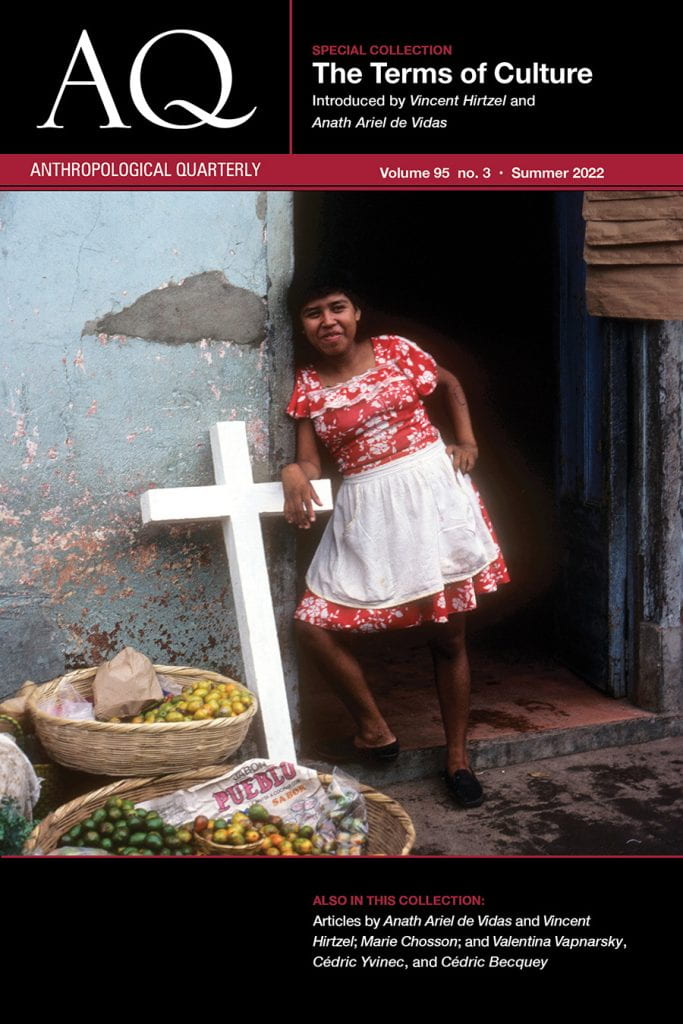
Young girl near cross, San Vincente, El Salvdor. © October 1979 Alon Reininger (Contact Press Images)
TABLE OF CONTENTS
Vol. 95, No. 3
SPECIAL COLLECTION
THE TERMS OF CULTURE
INTRODUCTION
Vincent Hirtzel and Anath Ariel de Vidas | The Terms of Culture: Idioms of Reflexivity Among Indigenous Peoples in Latin America
Marie Chosson | From Talel to Cultural Rights: The Challenge of Translating Transnational Discourse on Indigenous Rights in the Tseltal Area
Anath Ariel de Vidas and Vincent Hirtzel | From Custom to Culture: The Archeology of Two Identification Terms Among Bolivian and Mexican Amerindians
Valentina Vapnarsky, Cédric Yvinec, Cédric M. M. Becquey | “Culture!” Say it with grammar: The Expression of Notions Related to “Culture” in Amerindian Languages
ARTICLES
Maura Finkelstein | The Art of Therapeutic Horsemanship: Communication, Choreography, and Collaboration in Equine Therapy
Jesse Jonkman | Extracting Empirically: A Ground’s-Eye View of Small-Scale Mining in Colombia
BOOK REVIEW ESSAY
Stephen Campbell | Isabella Alexander-Nathani’s Burning at Europe’s Borders: An Ethnography on the African Migrant Experience in Morocco, Malini Sur’s Jungle Passports: Fences, Mobility, and Citizenship at the Northeast India-Bangladesh Border, and Harsha Walia’s Border and Rule: Global Migration, Capitalism, and the Rise of Racist Nationalism
BOOK REVIEWS
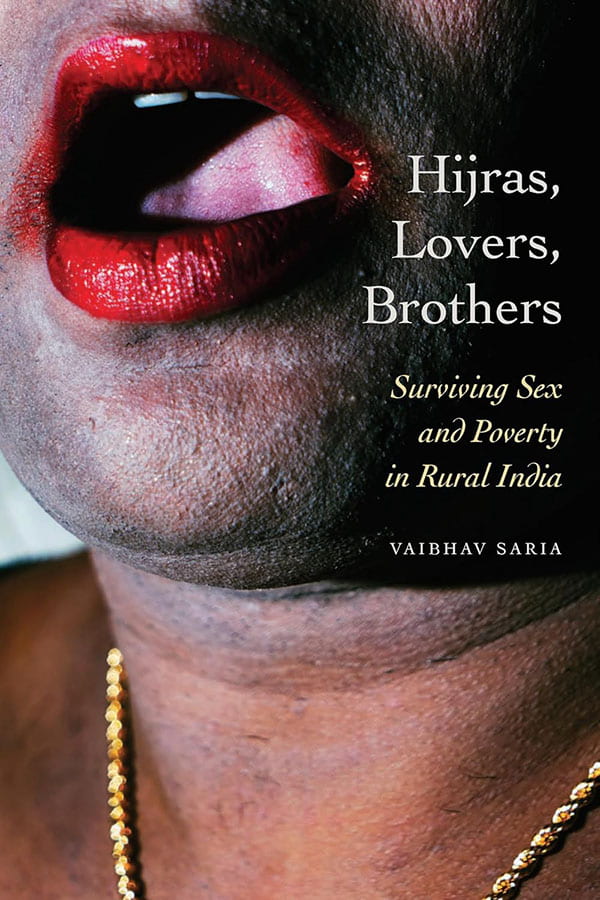
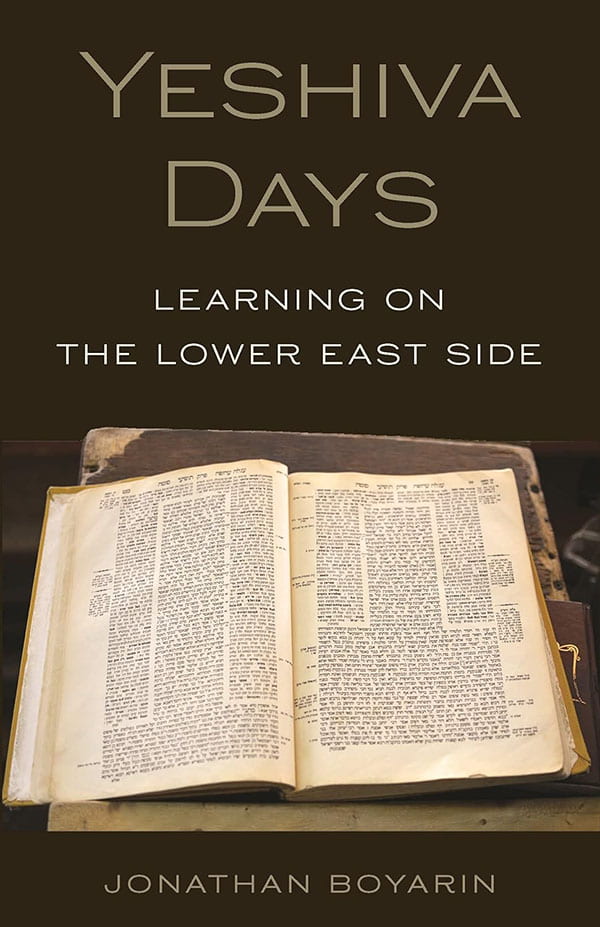
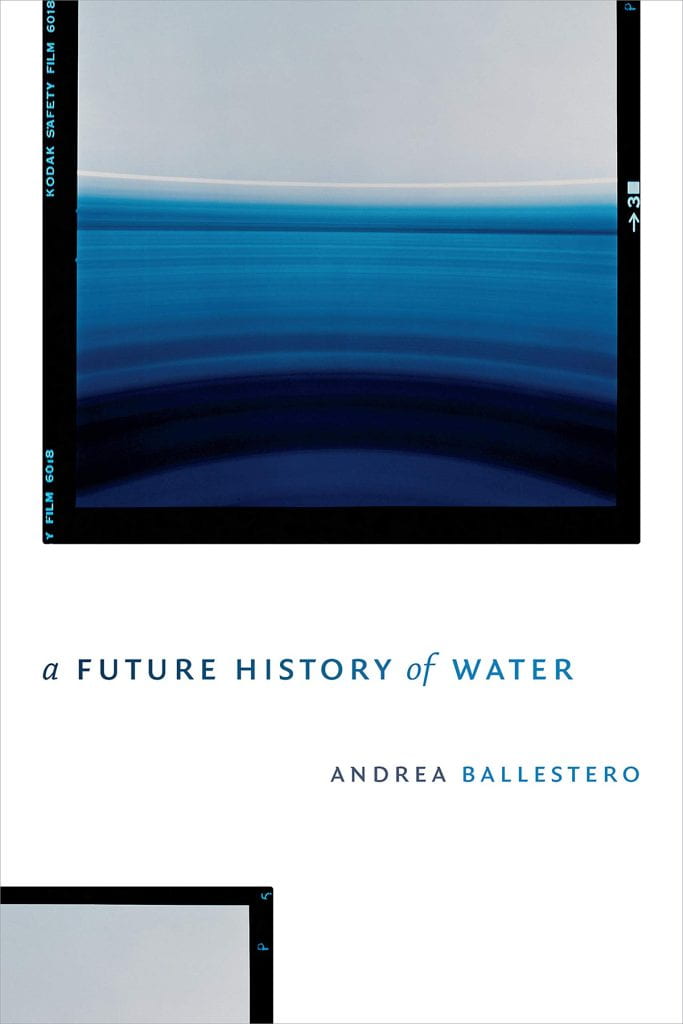
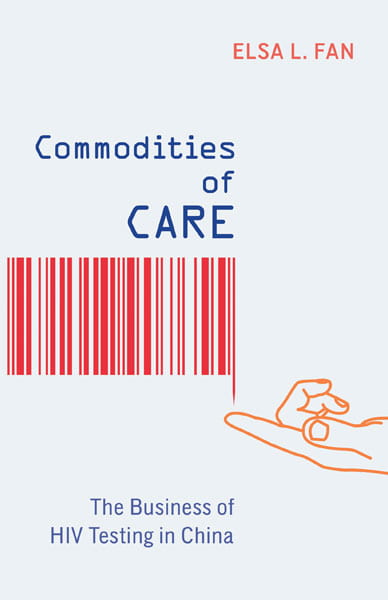
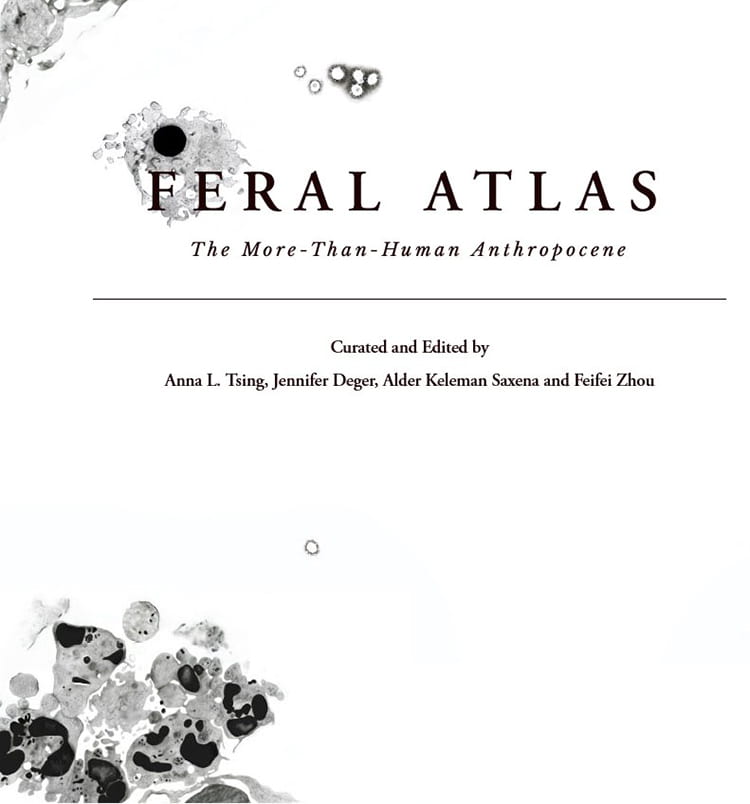
Nikhil Pandhi | Vaibhav Saria’s Hijras, Lovers, Brothers: Surviving Sex and Poverty in Rural India
Rehan Sayeed | Jonathan Boyarin’s Yeshiva Days: Learning on the Lower East Side
Astrid B. Stensrud | Andrea Ballestero’s A Future History of Water
Aaron Su | Elsa L. Fan’s Commodities of Care: The Business of HIV Testing in China
Elexis Trinity Williams | Anna L. Tsing, Jennifer Deger, Alder Keleman Saxena, and Feifei Zhou’s Feral Atlas: The More-Than-Human Anthropocene

Miriam Hird-Younger | Saida Hodžić’s The Twilight of Cutting: African Activism and Life after NGOs

© July 1982 Alon Reininger (Contact Press Images)
ABSTRACTS
From Talel to Cultural Rights: The Challenge of Translating Transnational Discourse on Indigenous Rights in the Tseltal Area
Marie Chosson, Institut National des Langues et Civilisation Orientales
This paper explores the tensions and problems in the translation process of the terms “culture,” “tradition,” and “custom” in different versions of the Declaration on the Rights of Indigenous Peoples produced in Tseltal, a Maya language. Mirroring these translations with the meaning of all terms related to these concepts and used in the local’s everyday life allows assessing important semantic divergences between the source and target languages. These concepts became indispensable tools for intercultural dialogues in socio-political claims. A careful attention to their translation reveals the creation of intermediary semantic spaces using neologisms or attributions of new meaning to existing forms. It also underlines the desire of their authors to adapt universal discourse to local context, in a complex cross-cultural translation that meets external expectations and actors’ interests. [Keywords: Tseltal, cross-cultural translation, culture, tradition, custom, Declaration on the Rights of Indigenous Peoples]
From Custom to Culture: The Archeology of Two Identification Terms Among Bolivian and Mexican Amerindians
Anath Ariel de Vidas, Centre National de la Recherche Scientifique, Mondes Américains-CERMA-UMR 8168 (CNRS, EHESS)
Vincent Hirtzel, Centre National de la Recherche Scientifique, Centre Erea du LESC (CNRS, Université Paris Nanterre)
Latin American multiculturalist policies have increased the visibility of Amerindian groups through the term “culture,” which has become the key for these groups to enter the national and international scene. Although this term is now often used strategically at the interface between indigenous and non-indigenous groups, another comparable term exists more specifically in Hispanic America. This is the term “costumbre,” widely used among Amerindian people to designate a set of endorsed practices or those of others. Moreover, some Amerindian groups have incorporated this Spanish word into their own indigenous languages to refer to this type of practice. What then does the relation between these two terms within Amerindian groups indicate? Drawing on the ethnographic examples of two distinct and geographically separate contemporary groups—the Nahuatl-speaking people of La Huasteca in Mexico and the Yuracaré of the Andean foothills in Bolivia—this paper proposes a conceptual archaeology that demonstrates that, far from being interchangeable, these two terms are part of distinct logics stemming from two historical phases of institutional policies designed to integrate Amerindian populations. Their analysis reveals different forms of governance as well as different forms of appropriation of these terms by Indian populations. [Keywords: Yuracaré, Nahua, culture, custom, governance, multiculturalismo, colonial order]
“Culture:” Say it with grammar! The Expression of Notions Related to “Culture” in Amerindian Languages
Valentina Vapnarsky, Centre National de la Recherche Scientifique
Cédric Yvinec, Centre National de la Recherche Scientifique
Cédric M. M. Becquey, Universidad Nacional Autónoma de Mexico
Amerindian languages have often borrowed the lexical terms of colonial languages that refer to “culture,” “tradition,” or “heritage,” or else created neologisms for them. Amerindian languages, however, express related notions through grammatical forms, rather than with lexical terms. In contrast to lexical terms, grammatical elements are normally more constrained, less open to reflexivity for the speaker but nonetheless manipulable while also being the product of recurrent verbal and interactional practices. This article focuses on three grammatical domains: temporal configurations, expressions of person and agency, and epistemicity. For each of these, we study the contextual use of relevant linguistic constructions, especially in situations in which speakers can resort to different expressions to refer to “cultural” practices, each of which implies different attitudes towards “culture.” The study is based on three languages—two Mayan languages from Mexico (Yucatec and Chol), and one Tupian from Brazil (Suruí of Rondônia)—whose speakers experience very different situations regarding the definition of their “culture,” by themselves and by others. [Keywords: Yucatec Maya, Chol Maya, Suruí, culture, grammar]
The Art of Therapeutic Horsemanship: Communication, Choreography, and Collaboration in Equine Therapy
Maura Finkelstein, Muhlenberg College
This article questions the idea of “equine therapy” and explores the communication occurring between horses and humans in the equine therapy encounter. The choreography performed by horses, riders, as well as the staff and volunteers who facilitate lessons often appears to simply happen, with human-horse partnerships occluding the layers of trust and collaboration that go into the functioning of an equine therapy facility. I argue that horsemanship, particularly “therapeutic horsemanship,” is the foundation of what makes the therapy space a safe and productive environment for both horses and humans. Through fieldwork conducted at an equine therapy facility in eastern Pennsylvania, this article asks: How do horses participate in the equine therapy encounter? How can equine therapy be used to think anthropologically beyond the human? And what happens when non-human animals like horses inhabit the position of ethnographic informant? Through the breakdown of therapeutic horsemanship at a high-profile international horseshow, this article draws attention to the successes and failures of horse-human communication in equine therapy. Attending to therapeutic horsemanship as a form of communication provides new ways to imagine the work of thinking together, across species and beyond words. [Keywords: Multispecies ethnography, animal studies, disability studies, communication, choreography]
Extracting Empirically: A Ground’s-Eye View of Small-Scale Mining in Colombia
Jesse Jonkman, Vrije Universiteit Amsterdam
Social analyses have often conceptualized small-scale mining as a poverty-pushed economy that offers a social safety net to downtrodden populations. While not discarding the importance of this proposition, I argue that the commonplace notion of “poverty-driven” mining draws attention away from the socio-cultural and material particularities that inform resource extraction in specific times and places. In an attempt to foreground these particularities, I examine ethnographically the not-quite-economic factors that enable small-scale gold mining in the Colombian region of Chocó. Inspired by the conversations I held with chocoano miners, I approach small-scale mining through the notion of “empirical work.” When miners described to me their labor and knowledge as “empirical,” they alluded to the fact that their mining skills and sensibilities had resulted from practice—from their own long-term engagement with the goldfields. With “empirical work,” thus, we may think of a form of mining labor that is intrinsically grounded in environmental experience and originates from miners’ enmeshment in particular social and cultural lifeworlds. Although emergent within wider structures of inequality, the notion of empirical work draws explicit attention to the spatial, temporal, and social situatedness of mining. Accordingly, it highlights that gold extraction in Chocó, while most certainly taking place in a regional context of poverty, also constitutes an intrinsically moral economy that is articulated through narratives of luck, danger, environmental destruction, and community. [Keywords: Mining, livelihood, work, gold, Chocó, Colombia]

